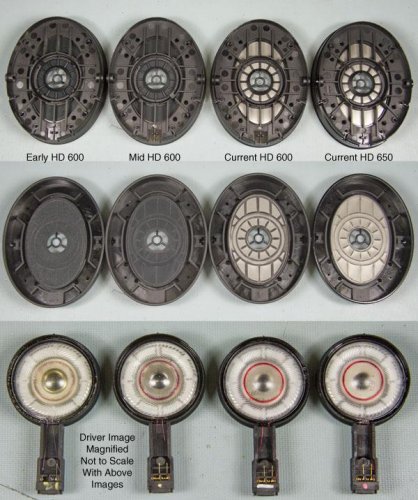pinnahertz
Headphoneus Supremus
- Joined
- Mar 11, 2016
- Posts
- 2,072
- Likes
- 739
Radio Shack used to sell 22ga speaker wire. And 16ga. And 14ga. Which do you think might present an issue? And which did you use? I have no doubt you did the right thing, I'm just pointing out that we cannot and should not be to "generic" if we really want to bust the myths.No conditions that would be in a typical home stereo system, which is what we're talking about. I don't think anyone here is wiring their stereo up to speakers at a neighbor's house down the block.
I bought my wire at Radio Shack. It said "speaker wire" on the spindle. So I used it to wire up my speakers. It worked fine.
As I've said now twice, it's important to know when problems might occur. Once that is known, all myths about exotic wire are debunked. I've never suggested common speaker wiring situations and common speaker wire would cause problems, I'm attempting (and apparently not doing so well) to quantify just how much wire of what kind you need to use to actually have a problem. Everyone can then say "Hey, I didn't do anything like that!" and bingo...we're done with wire myths, until they come back and raise their ugly heads again.










